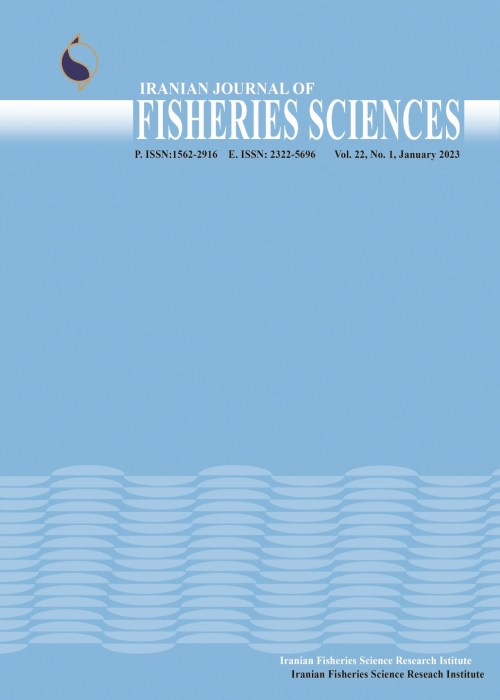Embryonic, larval and juvenile development of tropical sea urchin, Diadema setosum
Author(s):
Abstract:
Diadema setosum (Leske, 1778), is one of the common echinoids widely distributed in the Indo-West Pacific Ocean, where it occurs from the Red Sea, Persian Gulf and the east coast of Africa to Japan, Australia and Malaysia. To investigate the developmental basis of morphological changes in embryos and larvae, we documented the ontogeny of D. setosum in a controlled laboratory condition at the Institute of Bioscience, Universiti Putra Malaysia, during July–September, 2012. Matured gametes were obtained from the adult individuals and the eggs fertilized at limited sperm concentration (10-5 dilution). The obtained embryos were then reared at 24-25oC. First cleavage (2-cell), 4-cell, 8-cell, 16-cell, 32-cell and multi-cell (Morulla) stages were attained at 01.20, 02.14, 02.44, 03.09, 03.32 and 03.54 h after fertilization, respectively. Blastulae with a mean length of 111.47±1.88 µm (mean±SD) hatched 08.45 h after sperm entry. Gastrula formed 16.36 h post-fertilization and the archenteron extended constantly, while the ectodermal red-pigmented cells migrated synchronously to the apical plate. The pluteus larva started to feed unicellular algae (Chaetoceros calcitrans) in 2 d, grew continuously, and finally attained metamorphic competence within 35 d after fertilization. Induction of metamorphosis took approximately 1 h 30 min from attachment on the substratum to the complete resorption of larval tissues and the development of complete juvenile structure with adult spines, extended tubefeet and well-developed pedicellaria, the whole event usually took place within 1 d post-settlement. The newly formed juvenile (473.16 ± 6.96 µm, n=30) with a complete adult structure then grew on coralline algae to 3-month old juvenile, which represents the “sea urchin seed” for stocking in grow-out culture. This study represents the first successful investigation on embryonic, larval and early juvenile development of D. setosum. The findings would greatly be helpful towards the development of breeding and seed production techniques for aquaculture of sea urchins.
Keywords:
Sea urchin , Diadema setosum , Embryo , Larva , Juvenile , Development , Pulau Pangkor
Language:
English
Published:
Iranian Journal of Fisheries Sciences, Volume:14 Issue: 2, Apr 2015
Pages:
409 to 424
magiran.com/p1426003
دانلود و مطالعه متن این مقاله با یکی از روشهای زیر امکان پذیر است:
اشتراک شخصی
با عضویت و پرداخت آنلاین حق اشتراک یکساله به مبلغ 1,390,000ريال میتوانید 70 عنوان مطلب دانلود کنید!
اشتراک سازمانی
به کتابخانه دانشگاه یا محل کار خود پیشنهاد کنید تا اشتراک سازمانی این پایگاه را برای دسترسی نامحدود همه کاربران به متن مطالب تهیه نمایند!
توجه!
- حق عضویت دریافتی صرف حمایت از نشریات عضو و نگهداری، تکمیل و توسعه مگیران میشود.
- پرداخت حق اشتراک و دانلود مقالات اجازه بازنشر آن در سایر رسانههای چاپی و دیجیتال را به کاربر نمیدهد.
In order to view content subscription is required
Personal subscription
Subscribe magiran.com for 70 € euros via PayPal and download 70 articles during a year.
Organization subscription
Please contact us to subscribe your university or library for unlimited access!


